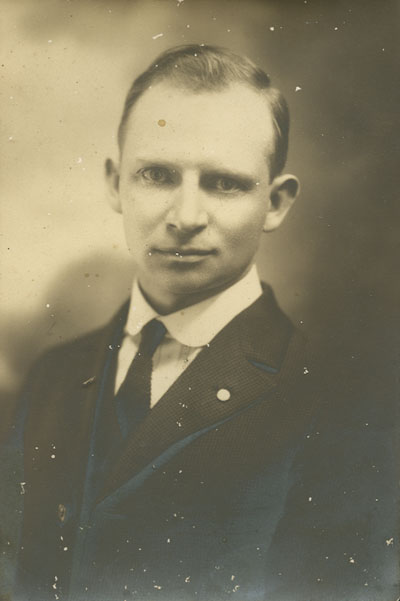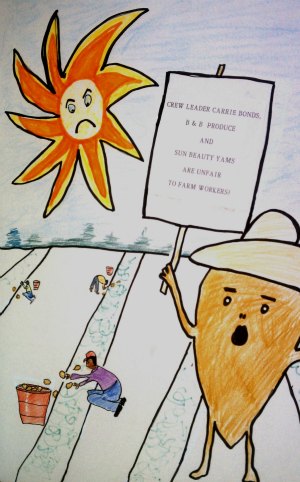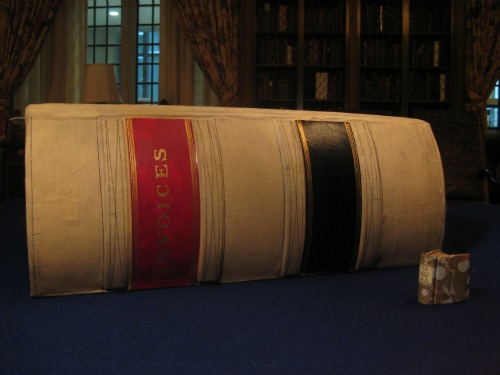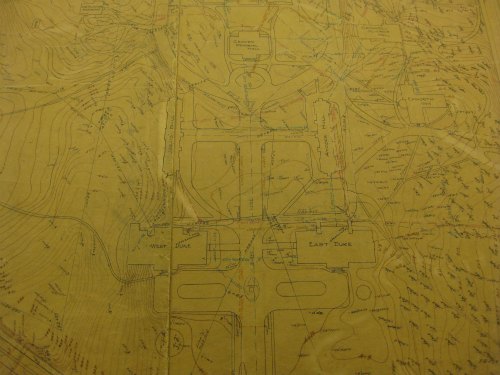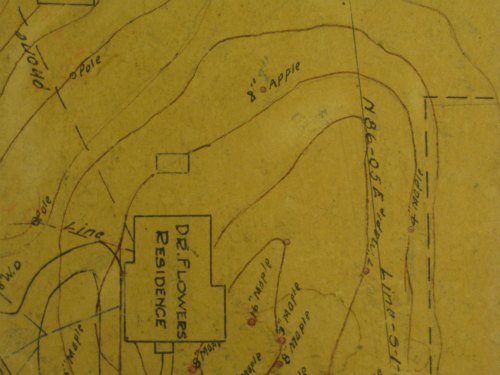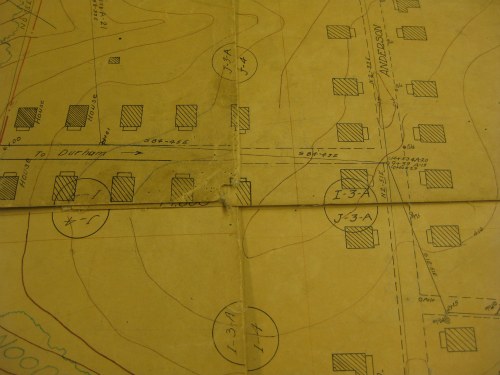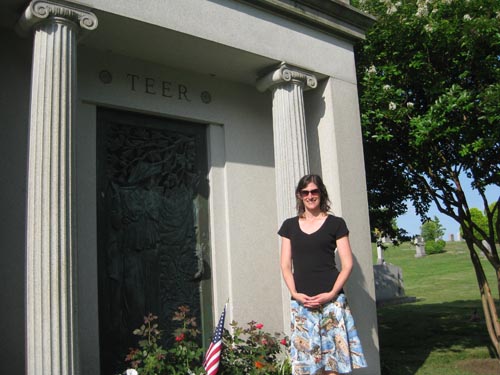It’s week three of our series on the History of Medicine Collections‘ move from the Medical Center Library on Duke’s medical campus to the RBMSCL on West Campus.
 Last week, I mentioned that Jessica found the occasional book with the cover falling off of it. Enter Conservation! The staff of the Duke University Libraries’ Conservation Services Department (all six of them!) have been spending a good deal of time with the History of Medicine Collections assessing materials and making protective enclosures for items that are too damaged to move in their current state. They have been quite busy placing items in protective envelopes, measuring books for protective enclosures, and creating lots of custom-made enclosures.
Last week, I mentioned that Jessica found the occasional book with the cover falling off of it. Enter Conservation! The staff of the Duke University Libraries’ Conservation Services Department (all six of them!) have been spending a good deal of time with the History of Medicine Collections assessing materials and making protective enclosures for items that are too damaged to move in their current state. They have been quite busy placing items in protective envelopes, measuring books for protective enclosures, and creating lots of custom-made enclosures.
The Conservation Services Department has provided over 2,217 enclosures in five weeks for the History of Medicine Collections. Along with protective envelopes, Conservation has custom-made tuxedo boxes, blue clamshell enclosures, phase boxes, and even a cloth-covered clamshell box for an extremely brittle, unique Sanskrit book. This is quite a feat—considering they did not have much time and made the enclosures at a different location than the books!
 Measurements were made at the History of Medicine Collections’ former space, located in the Medical Center Library. Boxes were then constructed in Conservation’s beautiful lab space in Perkins Library. Once enclosures were complete, the boxes were brought to the books at the History of Medicine for their fitting. Their hard work and dedication have ensured that the damaged and fragile items in this collection will withstand the move. Thank you, Conservation!
Measurements were made at the History of Medicine Collections’ former space, located in the Medical Center Library. Boxes were then constructed in Conservation’s beautiful lab space in Perkins Library. Once enclosures were complete, the boxes were brought to the books at the History of Medicine for their fitting. Their hard work and dedication have ensured that the damaged and fragile items in this collection will withstand the move. Thank you, Conservation!
For photos of the move from start to finish, visit the “HOM Collections Move” set on the Duke University Libraries’ Flickr photostream.
Next week: Shipping and Receiving moves some very carefully-packed book trucks.
Post contributed by Rachel Ingold, Curator for the History of Medicine Collections.







